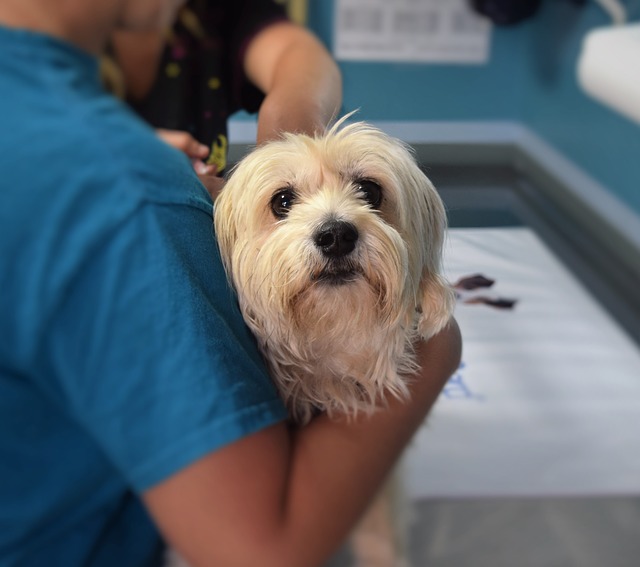The California Department of Fish and Wildlife has issued a warning. Canine distemper is on the rise among the state’s wildlife population. The highly contagious and frequently fatal disease can easily spread to canines. People with dogs are urged to make sure that distemper vaccinations are up to date.

Which Animals are Affected
Canine distemper is a virus that does not only infect canines. It can be spread to a wide range of carnivores but gray foxes, raccoons, and skunks are the most commonly infected wildlife species. The California Department of Fish and Wildlife (CDFW) recommend that people become more vigilant about keeping their animals away from wildlife as any contact could lead to infection in an unvaccinated or under-vaccinated domestic animal.
“Keeping dogs up to date on vaccinations not only protects pets, it protects wildlife,” CDFW senior wildlife veterinarian Deana Clifford told NBC Los Angeles. “Wild animals can spread distemper to domestic dogs, but unvaccinated domestic dogs can also spread the disease to wild animals.”

How Distemper is Spread
Vaccination is the first and best line of defense against distemper. This holds true for both domesticated and wild animals. Why? Because unvaccinated dogs can spread the virus to wildlife just as easily as wildlife can spread it to unvaccinated dogs. WebMD says the virus is passed “through direct contact with fresh urine, blood or saliva.” Coughing, sneezing, sharing water or food bowls, and equipment that has living viral matter on it can lead to infection.

Symptoms of Distemper and Risk Factors
The first signs of canine distemper according to WebMD are respiratory and include sneezing, coughing, and thick mucus coming from the eyes and nose. As the infection progresses, infected animals may experience fever, lethargy, sudden vomiting and diarrhea, depression, and loss of appetite. The virus commonly spreads to the brain, causing seizures and trembling. Sometimes, secondary infections occur, such as pneumonia, particularly with dogs who have a weakened immune system.
Related: Best 9 California Pet Insurance Plans
The best way to protect your dog from canine distemper is to ensure they receive a full series of vaccines. Puppies younger than 8 weeks old are at an especially high risk because they may not have started the series of vaccines, much less have finished them. The American Kennel Club states that vaccination schedules vary and are recommended for each individual dog. However, in general, your dog should receive a distemper vaccine (sometimes a multi-viral vaccine called DHPP) at 6-8 weeks, 10-12 weeks, 14-16 weeks, 12-16 months, and then every 1-2 years thereafter.
Please talk to your vet immediately if you believe your dog has been exposed to distemper. If you are unsure if your dog’s vaccine is up to date, check with your dog’s healthcare provider.
H/T kcra.com
 Toledo, United States.
Toledo, United States.
